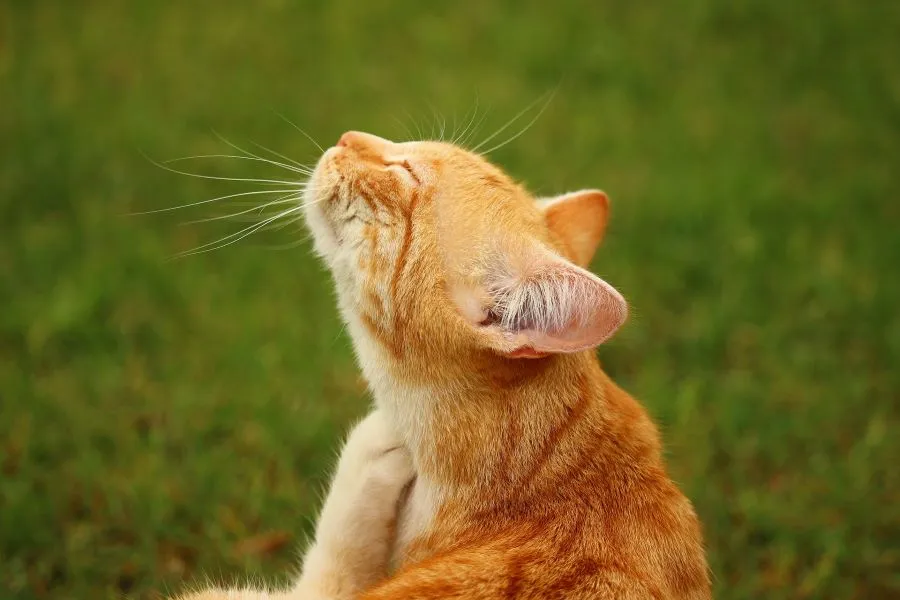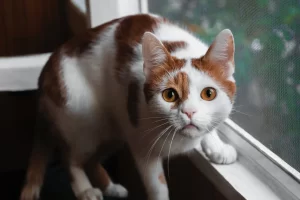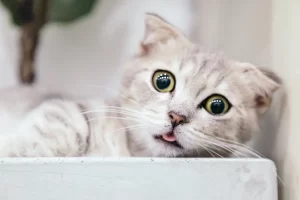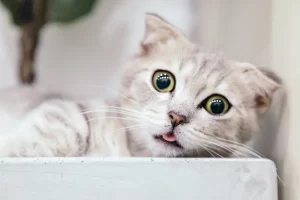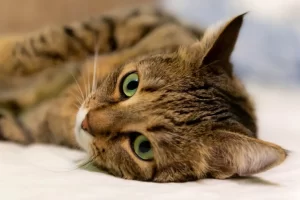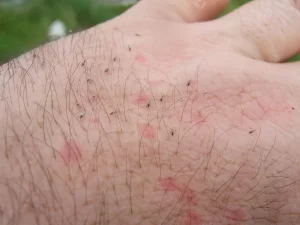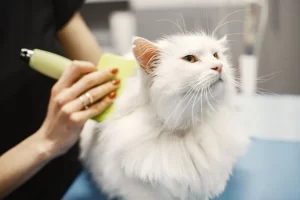Discovering that your cat has tapeworms can be concerning, especially if you haven’t noticed any fleas on your furry friend. Many cat owners assume that fleas are the primary source of tapeworm infections in cats. However, tapeworms can be transmitted to cats through various means, and fleas are just one of them. In fact, it’s possible for your cat to have tapeworms but no fleas visible on their coat. Understanding the different ways tapeworms can be transmitted and implementing effective prevention measures is crucial for maintaining your cat’s health. In this article, we will explore the various reasons why your cat may have tapeworms without visible fleas and provide practical tips on how to prevent tapeworm infections in your feline friend.
Table of Contents
TogglePrevious Flea Infestation
If your cat has tapeworms but no fleas, it’s possible that your cat had a flea infestation in the past. Fleas are known carriers of tapeworm larvae, and when a cat ingests an infected flea during grooming, it can lead to a tapeworm infection. Although the flea infestation may have been effectively treated or eradicated, the tapeworms could still be present in your cat’s intestines. This highlights the importance of timely and thorough flea prevention measures to prevent tapeworms in cats.
Related read: What Fleas Do to Cats and Kittens
Ingestion of Infected Prey
Cats are natural hunters, and they may consume rodents or other animals that are infected with tapeworms. This can happen even in indoor cats who may have access to prey brought in by humans or other pets. For example, a cat that catches and eats a mouse that was carrying tapeworms can become infected with tapeworms without the need for fleas. This is a common way for cats to get tapeworms, and it’s important to be aware of your cat’s hunting behavior and take appropriate measures to prevent exposure to infected prey.
Other Modes of Transmission
Tapeworms can also be transmitted through other means, such as ingestion of contaminated food or water, or through contact with fecal matter from an infected animal. For example, if a cat drinks water from a contaminated source or eats raw or undercooked meat infected with tapeworm larvae, it can lead to tapeworm infection. Cats that are allowed to roam outdoors or have access to uncooked food or contaminated water sources may be at higher risk for tapeworm infection through these routes.
Flea Prevention Medication
Flea prevention medication is a common and effective way to control fleas in cats. However, it’s important to note that not all flea prevention medications are equally effective against tapeworms. Some flea prevention medications only target adult fleas and do not have an effect on tapeworms or their larvae. It’s important to discuss with your veterinarian about the specific type of flea prevention medication that is appropriate for your cat’s needs, and to use it consistently and correctly according to the manufacturer’s instructions. Additionally, even if your cat is on flea prevention medication, it’s still possible for tapeworms to be present if other modes of transmission, such as ingestion of infected prey or contaminated food/water, are not addressed.
Latent Flea Infestation
Fleas may be present in the environment, but not yet developed into adult fleas that are visible on your cat’s coat. This can happen in cases where flea prevention measures are not in place or are not effective in preventing fleas from infesting your cat. Cats may ingest fleas while grooming themselves or other animals, or from the environment, without displaying obvious signs of a flea infestation. This highlights the importance of thorough and consistent flea prevention measures, even if fleas are not visibly present on your cat.
Grooming Habits
Cats are known for their meticulous grooming habits, which can effectively remove fleas from their coat before they can be spotted. However, cats may still ingest fleas or tapeworm-infected fleas while grooming other cats, animals, or even themselves. For example, if a cat grooms a littermate or another cat that has fleas, it can ingest the fleas and become infected with tapeworms. This emphasizes the need to be vigilant about your cat’s grooming habits and take appropriate measures to prevent tapeworm transmission, even if your cat doesn’t have visible fleas.
Lack of Flea Control in Other Pets
If you have multiple pets in your household, such as dogs or other cats, and one of them has a flea infestation, it can potentially spread to other pets, including your cat, even if they don’t have visible fleas. Fleas can move easily between pets and share tapeworm larvae in the process. Therefore, it’s crucial to implement a comprehensive flea prevention plan for all pets in your household to prevent tapeworms in cats and other animals.
Environmental Contamination
Even if your cat doesn’t have fleas, the environment in which your cat lives may be infested with flea larvae or eggs. Flea larvae can hide in carpets, bedding, and other areas, and eventually develop into adult fleas that can infest your cat. If your cat spends time in areas where fleas may be present, such as outdoor spaces or homes with other infested pets, tapeworms can still be transmitted to your cat without visible fleas. Regular vacuuming, washing of bedding, and treating the environment with flea control products can help reduce the risk of tapeworms in cats.
Lack of Awareness or Inconsistent Prevention Measures
Tapeworms in cats can also occur due to lack of awareness about the importance of flea prevention or inconsistent use of flea prevention measures. Some cat owners may not realize that tapeworms can be transmitted through fleas or other means, and may not prioritize or consistently implement flea prevention measures. It’s essential to educate yourself about the various ways in which tapeworms can be transmitted and the importance of consistent flea prevention, and work closely with your veterinarian to establish an effective flea prevention plan for your cat.
Regular Veterinary Check-ups and Deworming
Regular veterinary check-ups and deworming are crucial for maintaining your cat’s overall health and preventing tapeworms. Your veterinarian can perform fecal examinations to check for the presence of tapeworms or other parasites, even if your cat doesn’t have visible fleas. They can also provide appropriate deworming medications to effectively treat any existing tapeworm infection and provide recommendations for ongoing flea prevention measures tailored to your cat’s specific needs.

